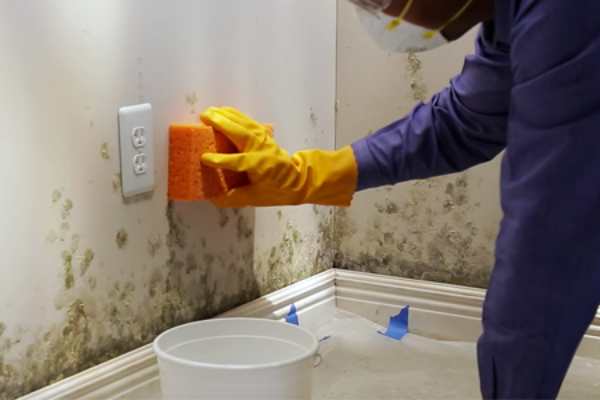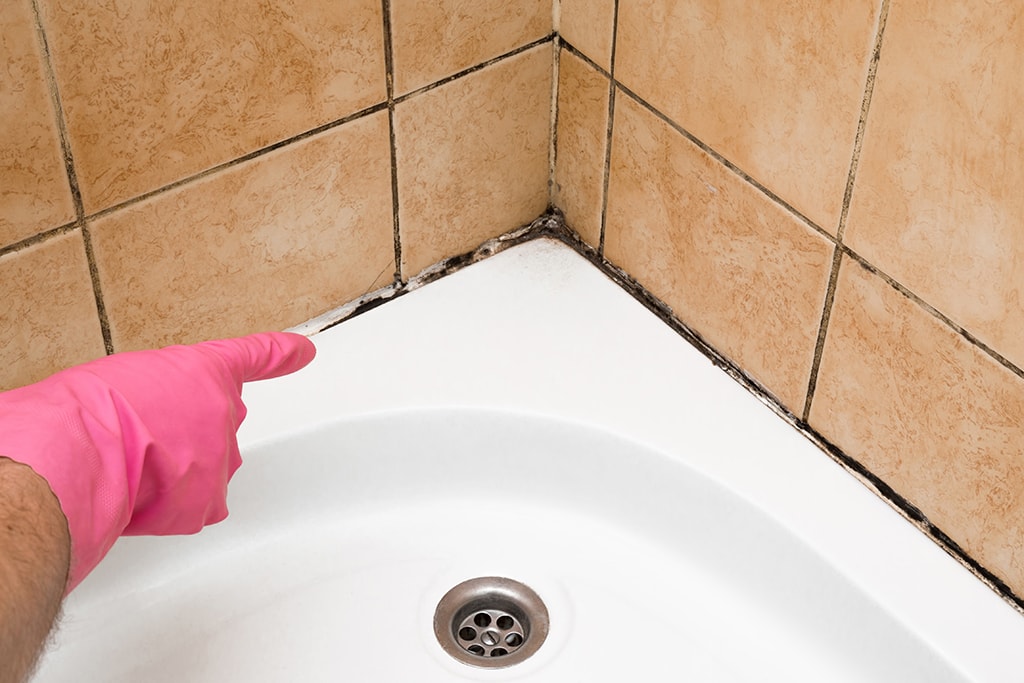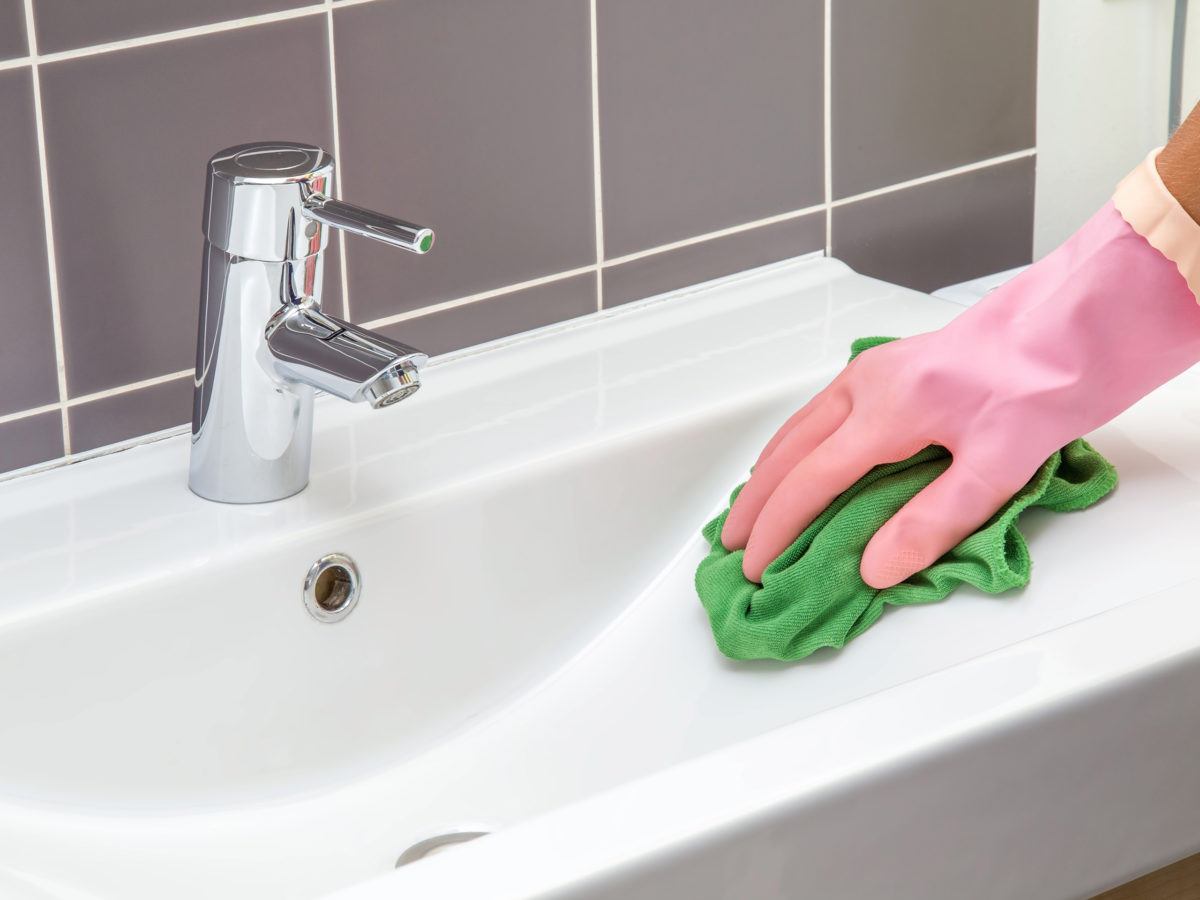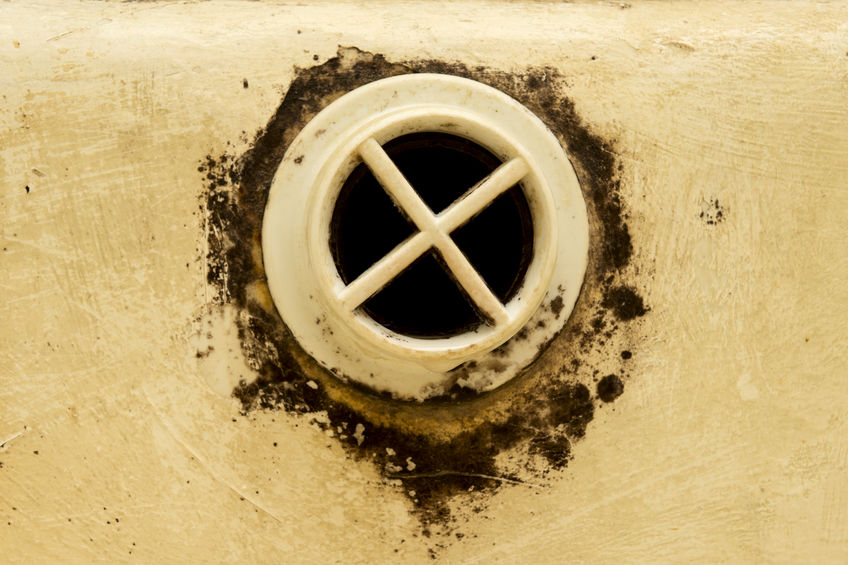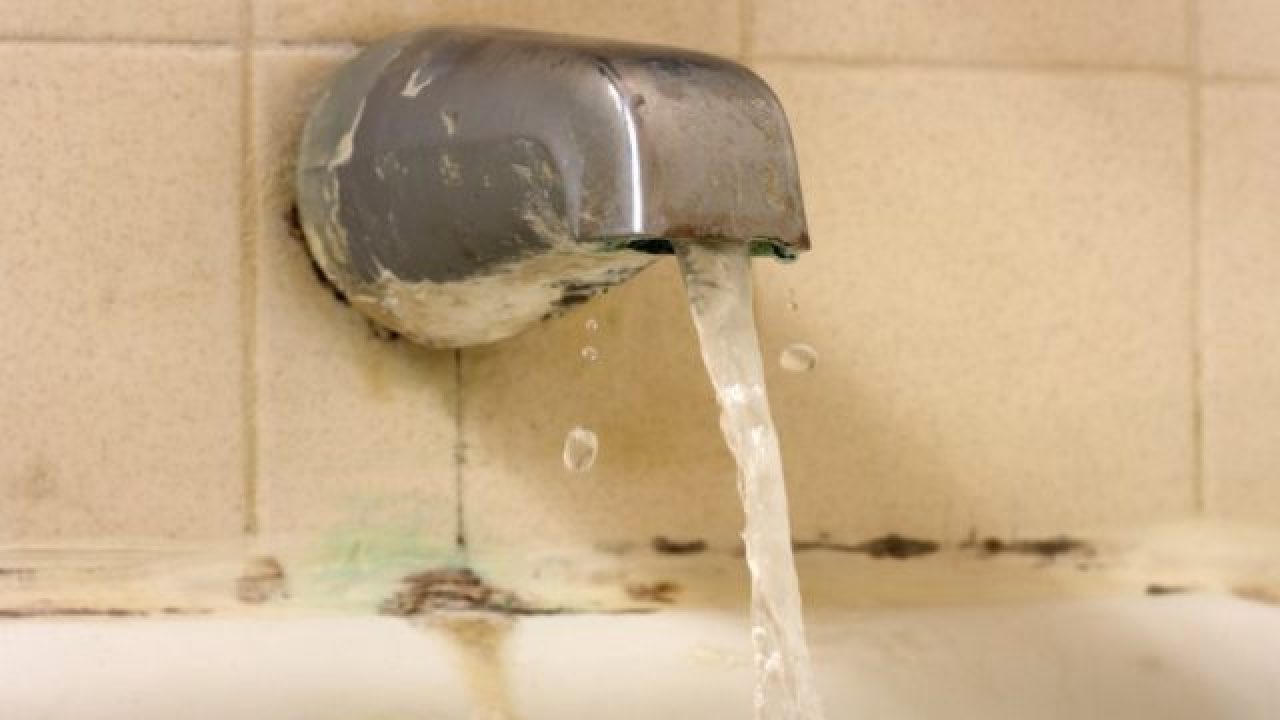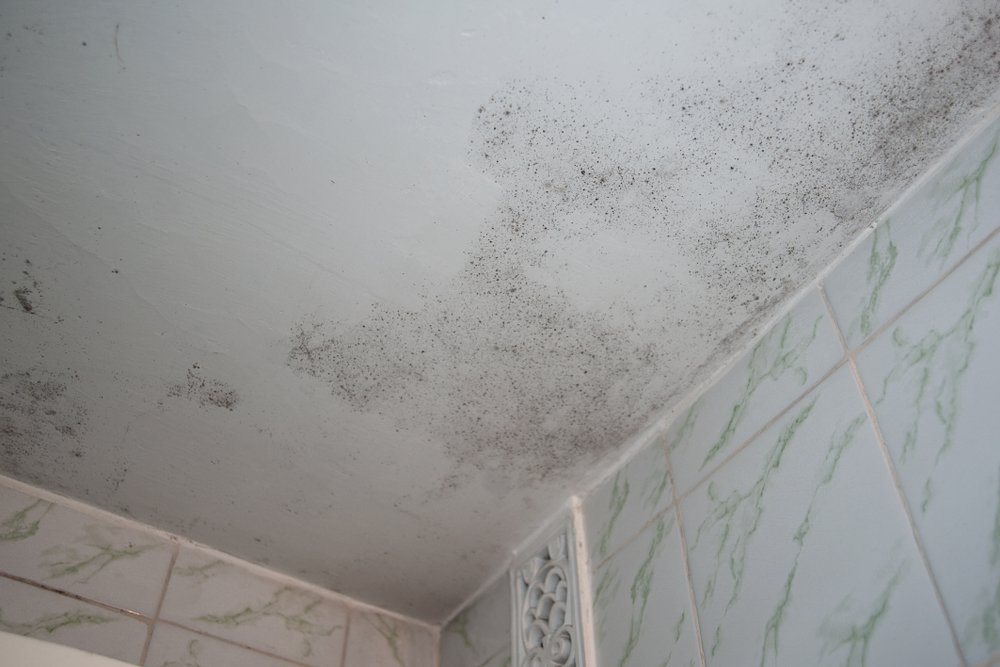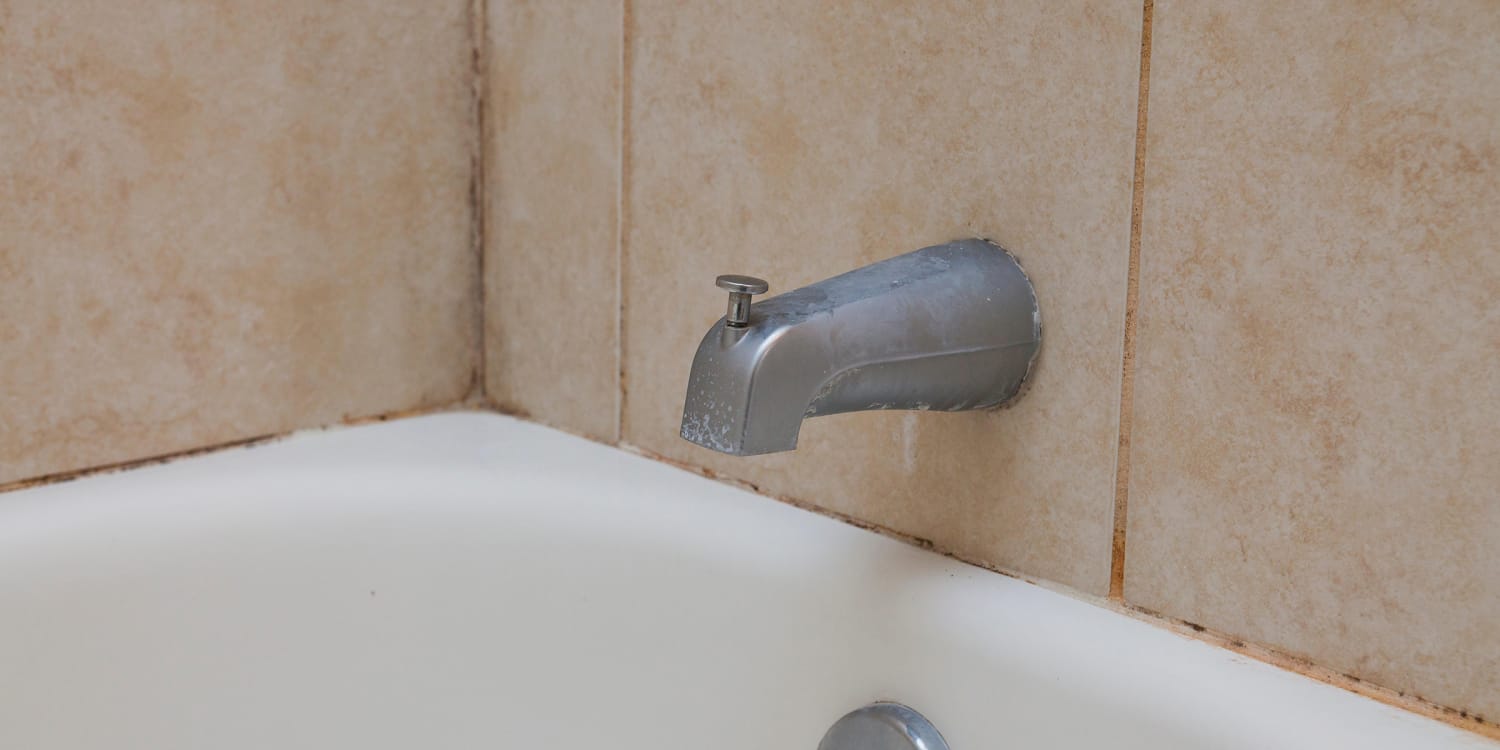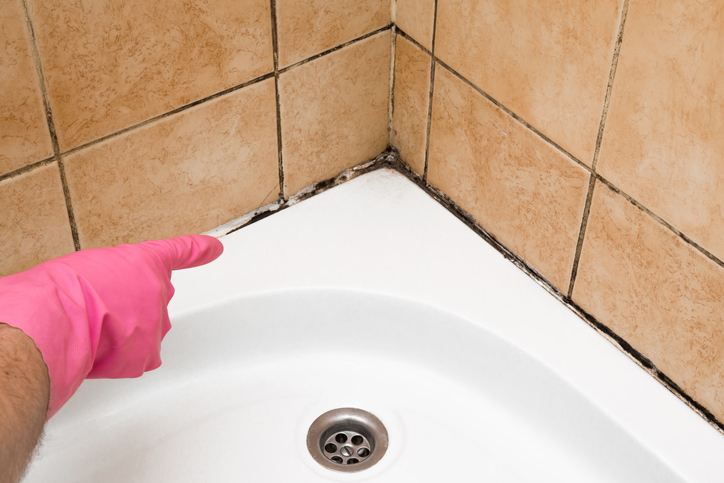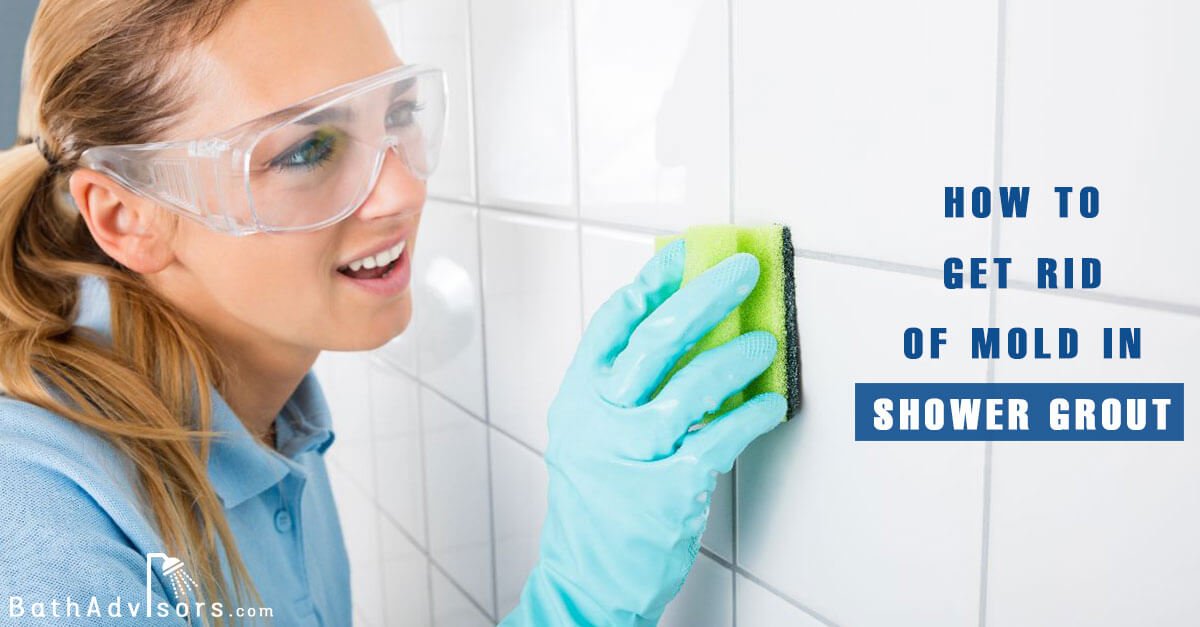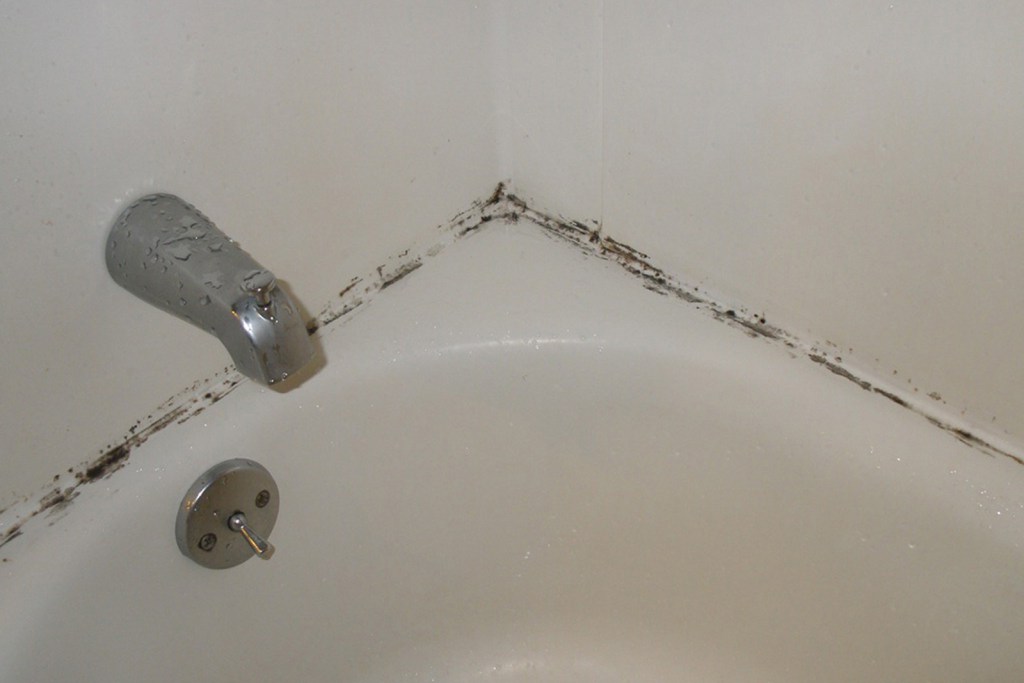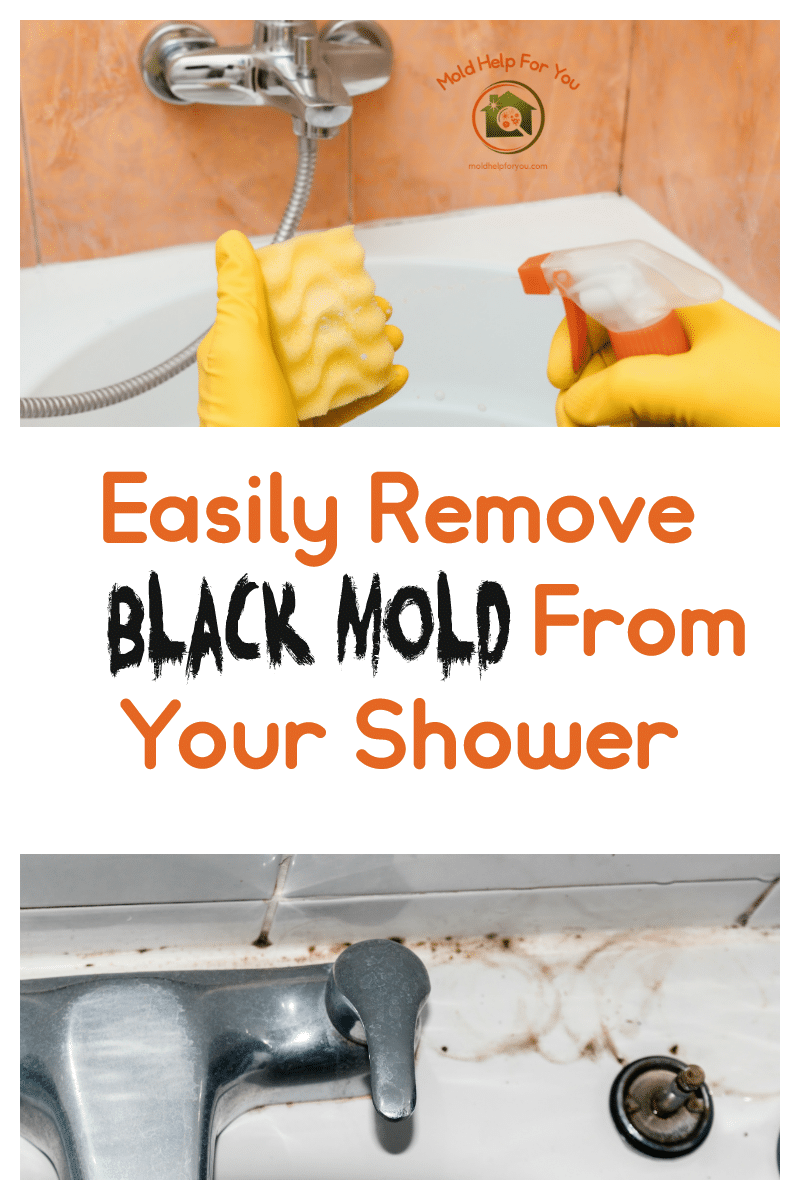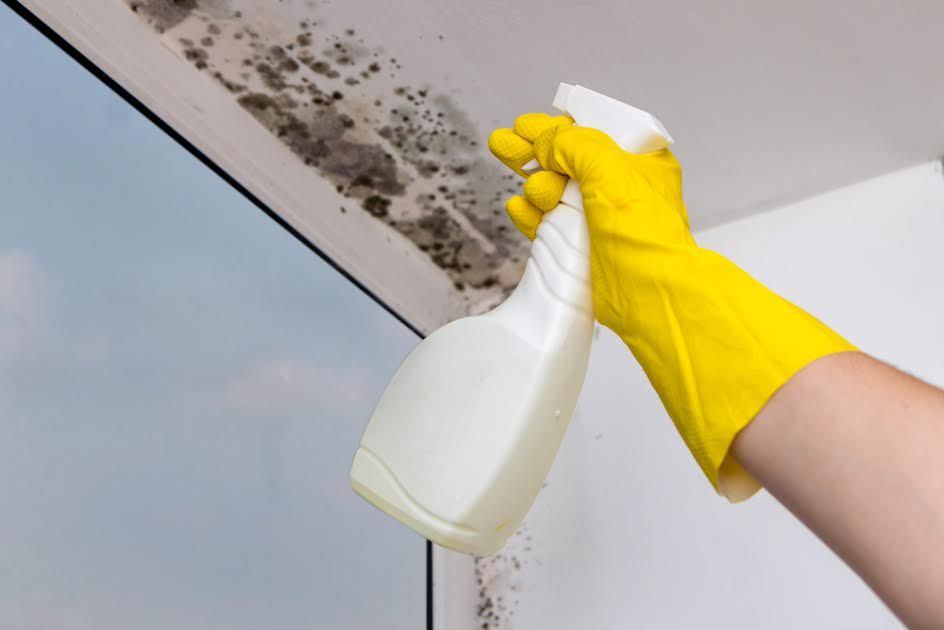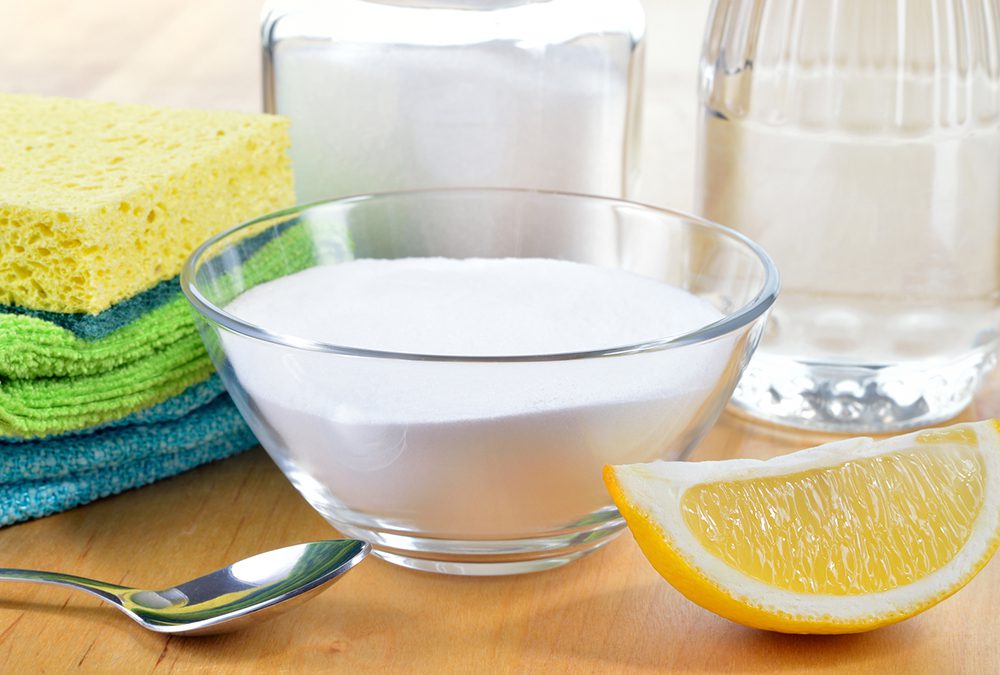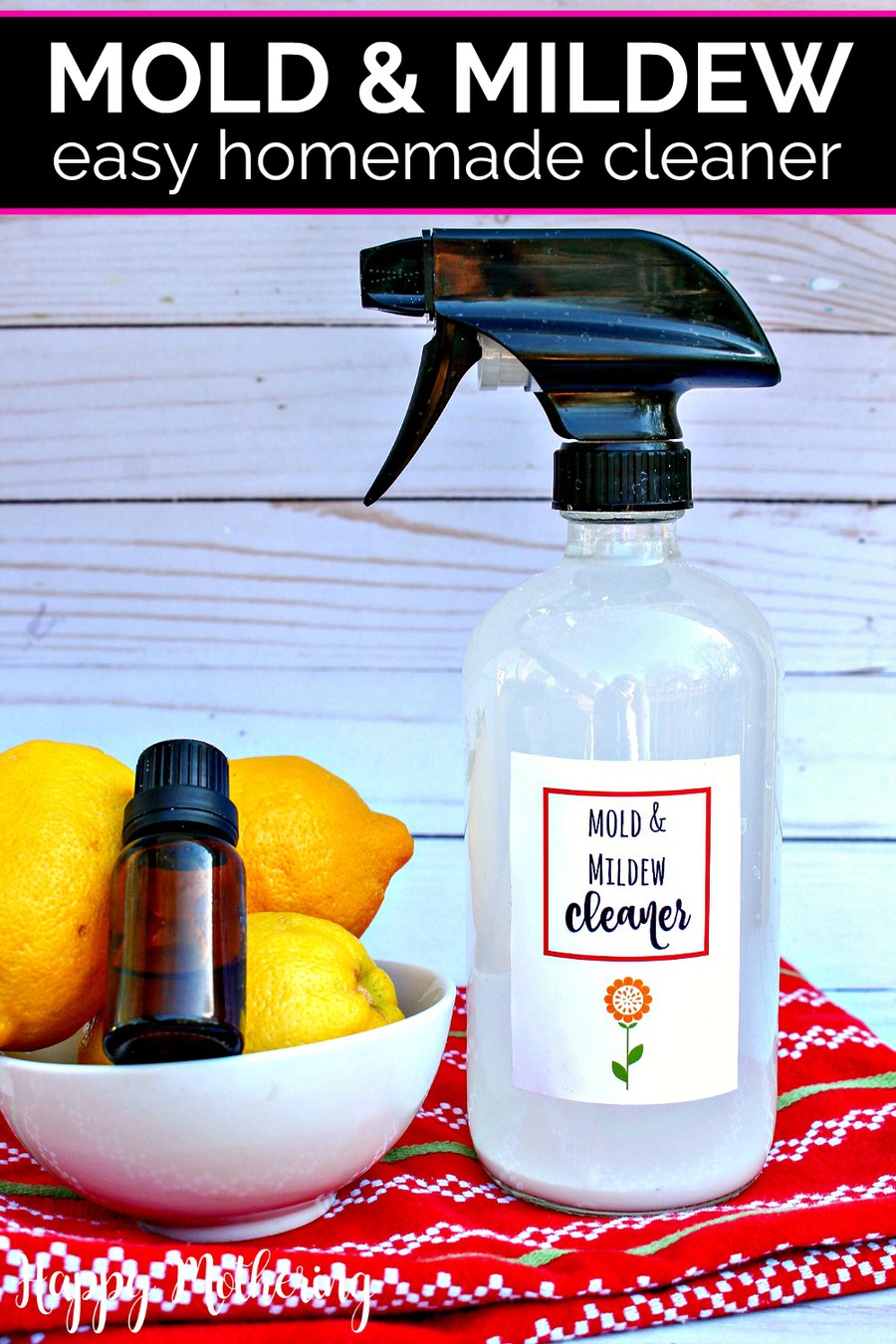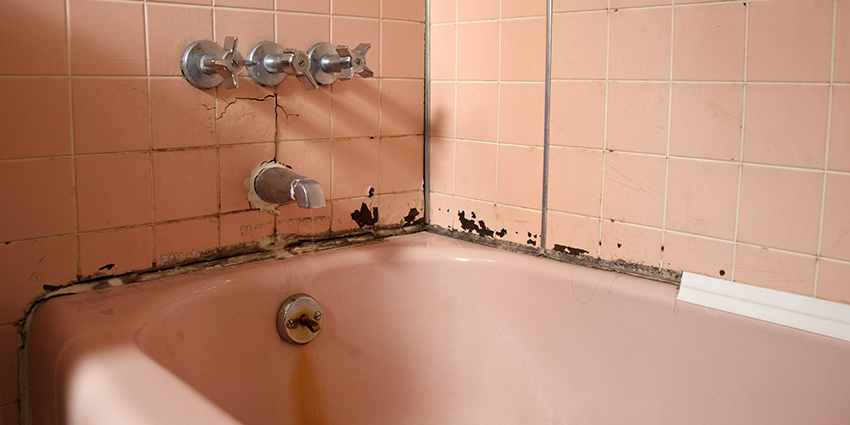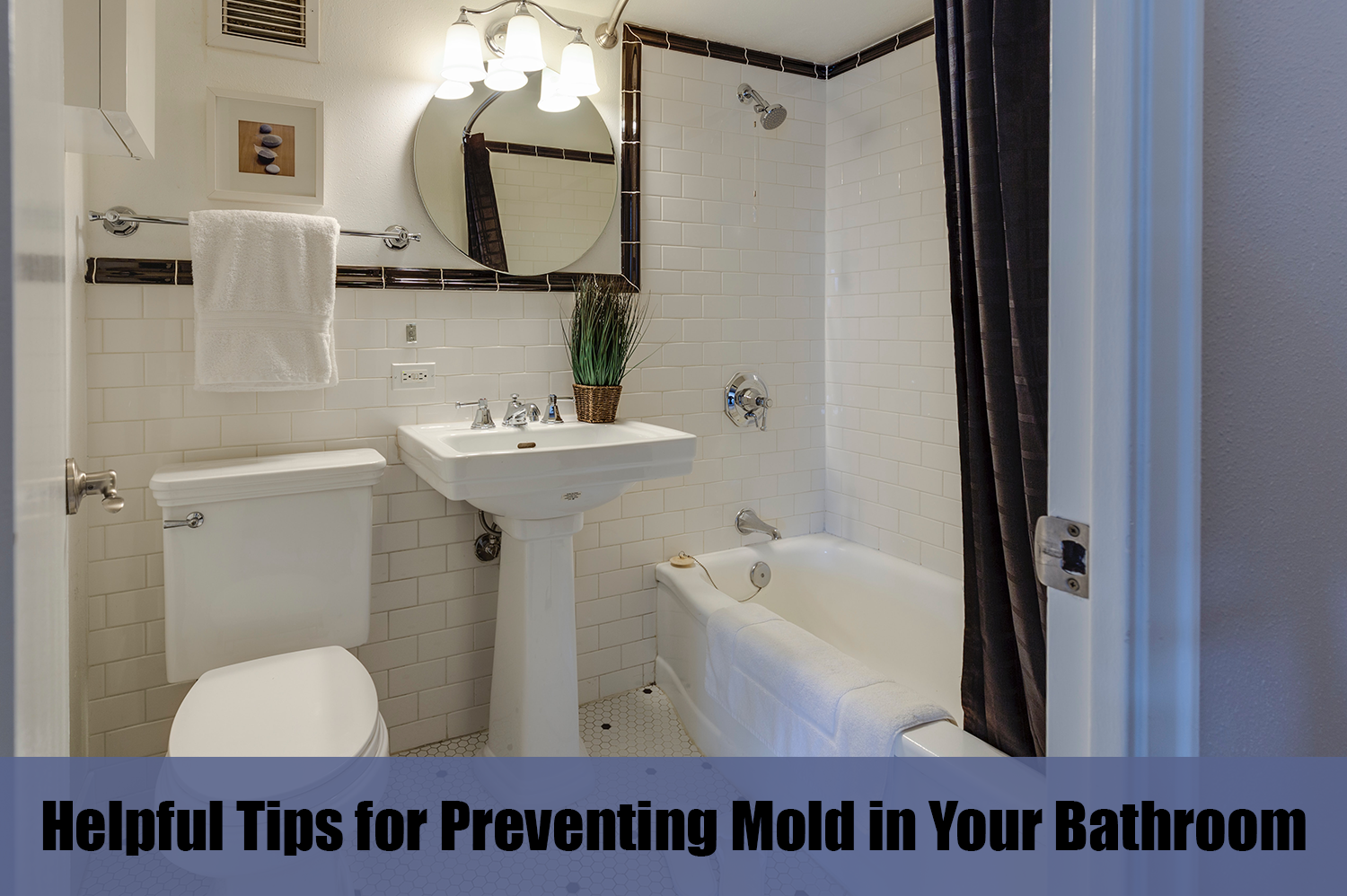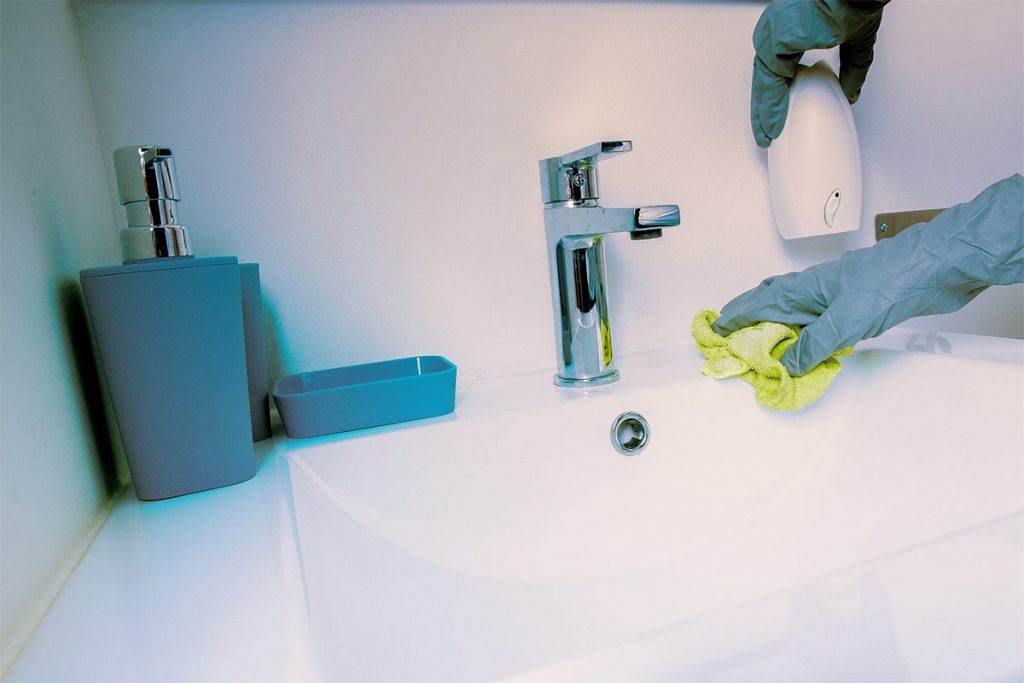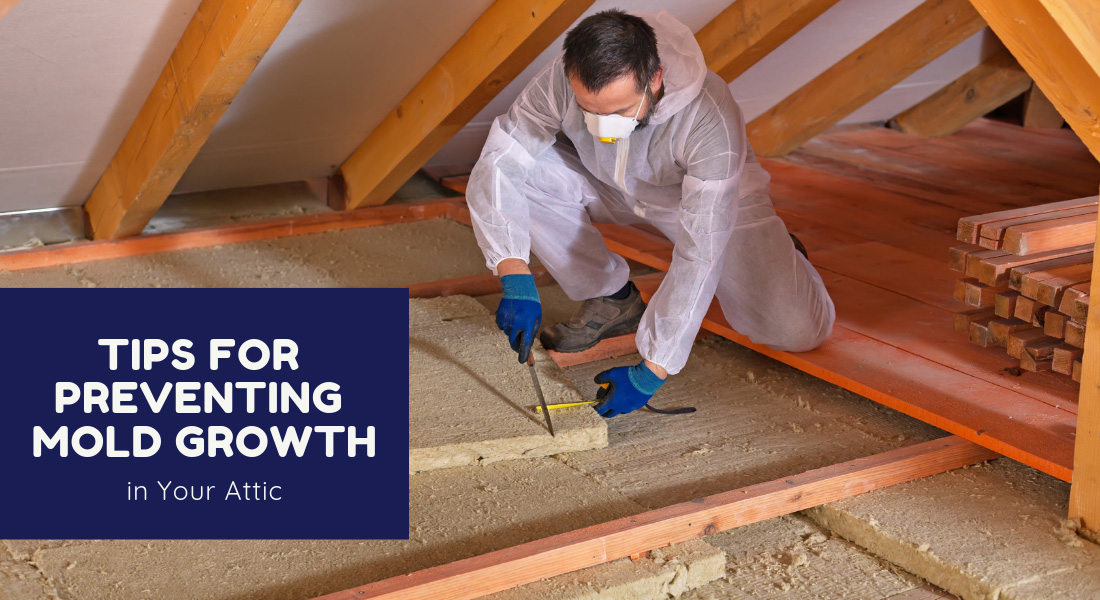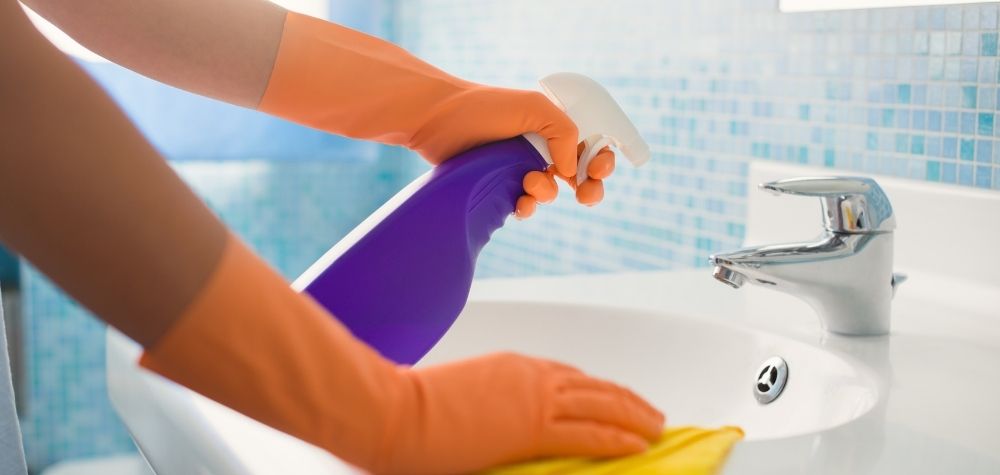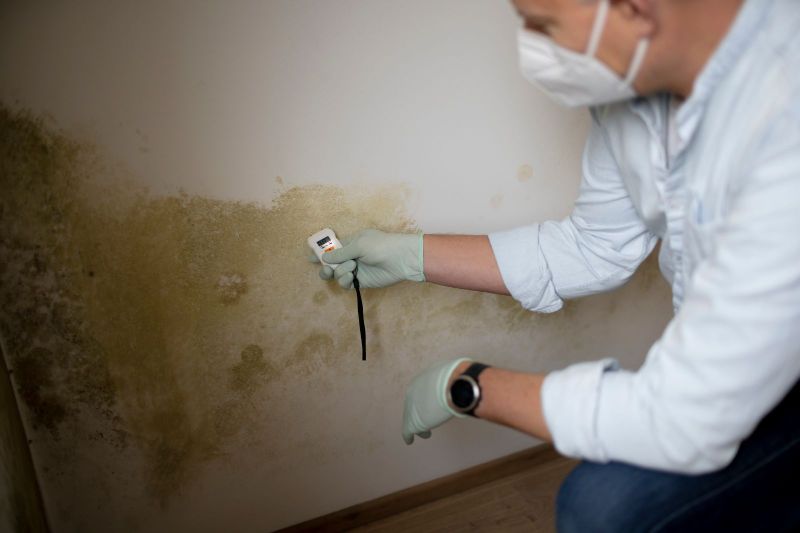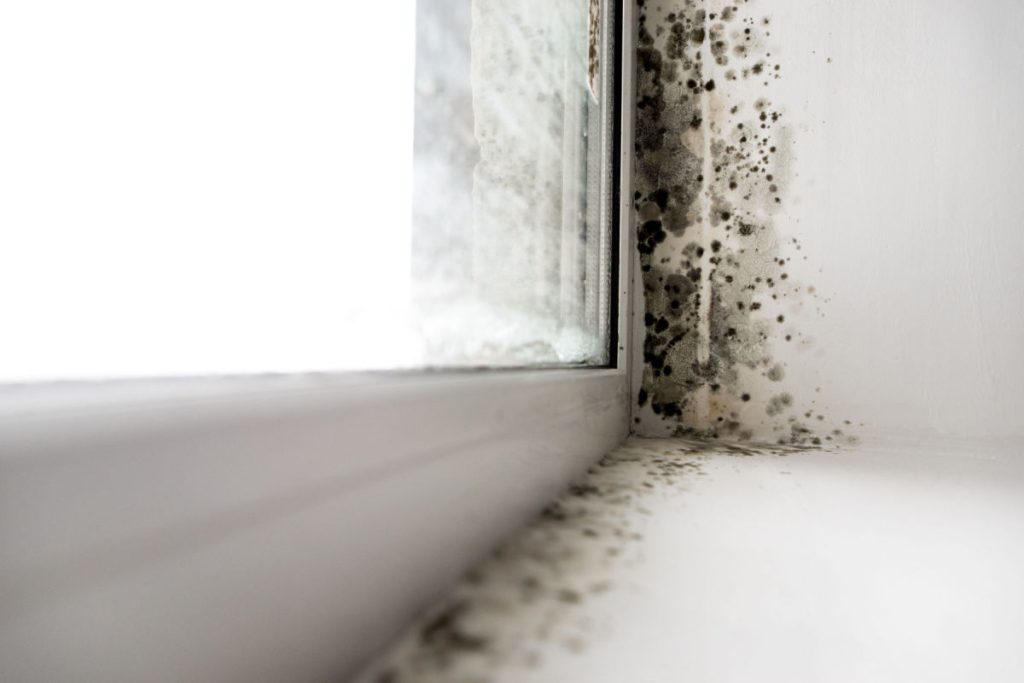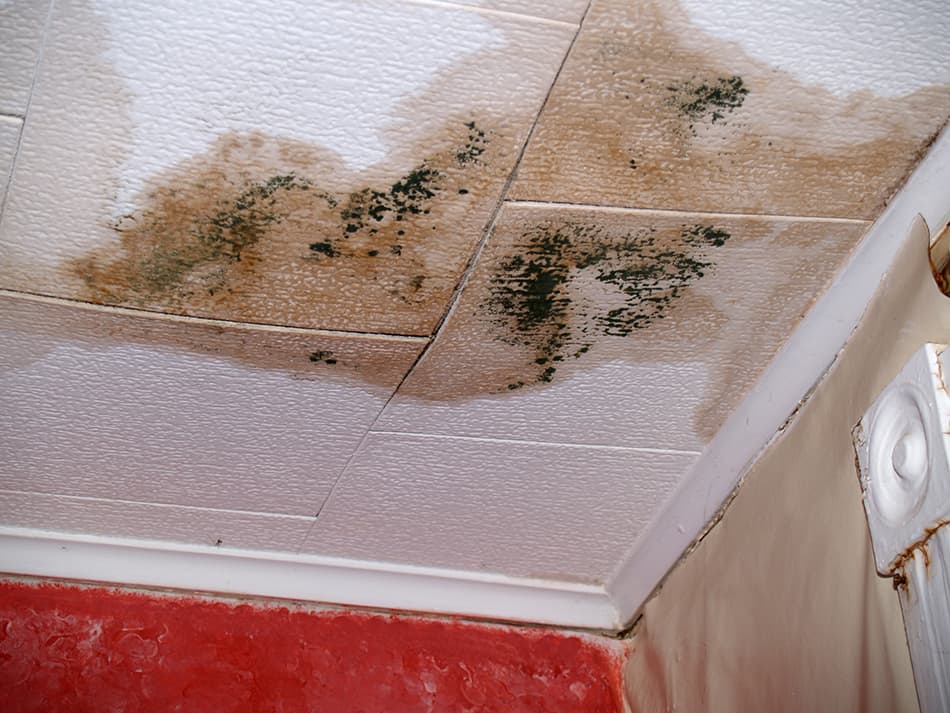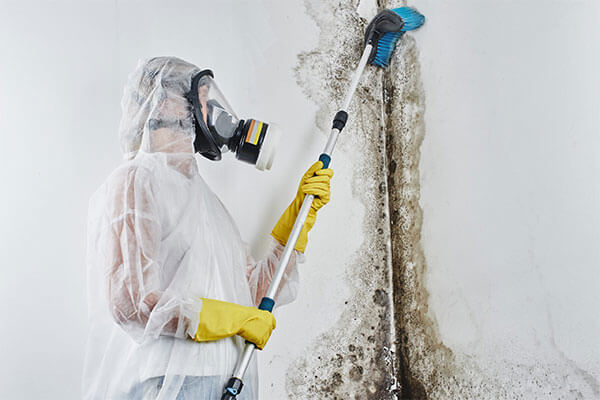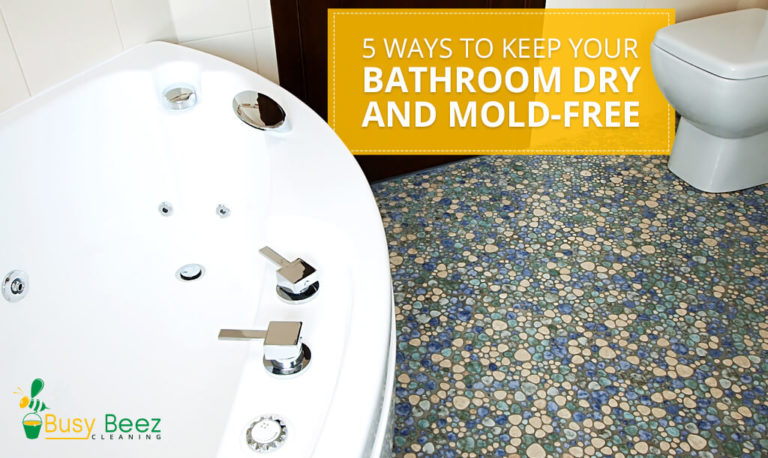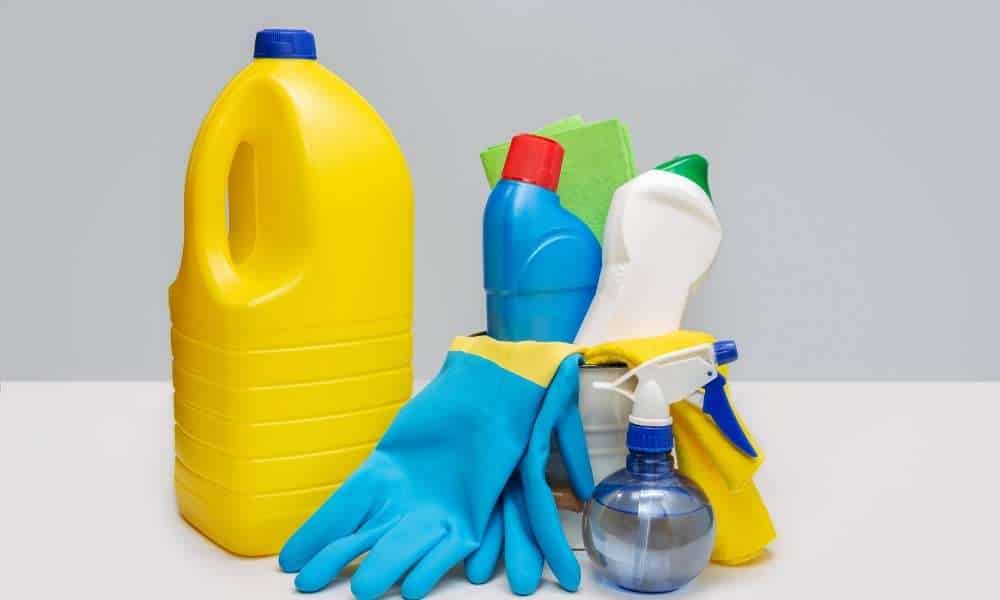Bathroom Sink Mold Removal: 10 Tips for a Clean and Healthy Bathroom
Keeping your bathroom clean and mold-free is essential for maintaining a healthy home. One of the most common places for mold to grow in the bathroom is the sink. Not only is it unsightly, but it can also pose serious health risks. If you're struggling with mold in your bathroom sink, don't worry - we've got you covered. Here are 10 tips for removing and preventing mold in your bathroom sink.
How to Remove Mold from Your Bathroom Sink
Before you can effectively remove mold from your bathroom sink, it's important to identify the type of mold you're dealing with. Some types of mold can be safely removed with household cleaners, while others may require professional remediation.
For surface-level mold, mix equal parts water and white vinegar in a spray bottle and spray directly onto the affected area. Let it sit for 30 minutes, then scrub with a brush and rinse thoroughly. For tougher mold stains, try using a mixture of baking soda and water instead.
The Best Way to Get Rid of Mold in Your Bathroom Sink
Prevention is key when it comes to mold in your bathroom sink. Keep your sink clean and dry to discourage mold growth. If you notice any leaks or moisture buildup, address them promptly to prevent mold from forming.
Regularly cleaning your bathroom sink with a disinfectant cleaner can also help prevent mold growth. Be sure to dry the sink thoroughly after cleaning to prevent any lingering moisture.
DIY Mold Removal for Your Bathroom Sink
If you prefer to use natural, DIY methods for mold removal, there are a few options to consider. Tea tree oil, grapefruit seed extract, and hydrogen peroxide are all effective natural remedies for killing and removing mold. These can be mixed with water and applied directly to the affected area.
Another DIY option is to use a paste made from baking soda and water. Apply the paste to the moldy area and let it sit for an hour before scrubbing and rinsing.
Natural Remedies for Removing Mold from Your Bathroom Sink
In addition to the DIY methods mentioned above, there are other natural remedies that can help prevent and remove mold from your bathroom sink. One of these is using essential oils, such as eucalyptus or lavender, to help kill and prevent mold growth. Simply mix a few drops of your chosen oil with water and spray onto the affected area.
You can also try using a mixture of equal parts water and apple cider vinegar. This can be sprayed onto the mold and left to sit for a few hours before scrubbing and rinsing.
Preventing Mold Growth in Your Bathroom Sink
The key to preventing mold in your bathroom sink is to keep it clean and dry. Wipe down the sink after each use and make sure to dry it thoroughly. If you notice any leaks or moisture buildup, address them promptly to prevent mold from forming.
Another helpful tip is to regularly clean your sink drain. This can help prevent any buildup of organic material, which can attract mold.
The Importance of Regularly Cleaning Your Bathroom Sink to Prevent Mold
Regular cleaning of your bathroom sink is crucial for preventing mold growth. Not only does it remove any existing mold, but it also helps to eliminate any potential food sources for mold to grow on. Additionally, keeping your sink clean can help identify any potential leaks or moisture issues before they become a bigger problem.
Make sure to use a disinfectant cleaner when cleaning your bathroom sink, and be sure to dry it thoroughly after each use.
Common Causes of Mold in Bathroom Sinks and How to Address Them
There are a few common causes of mold in bathroom sinks, including excess moisture, leaks, and buildup of organic material. To prevent mold growth, make sure to address these issues promptly. If you notice any leaks, have them fixed immediately.
To reduce moisture levels, make sure to use the bathroom fan or open a window when showering. You can also try using a dehumidifier in your bathroom to help control humidity levels.
Professional Mold Removal Services for Your Bathroom Sink
In some cases, professional mold removal services may be necessary to properly eradicate mold from your bathroom sink. This is especially true for larger or more severe mold infestations. A professional remediation company can safely remove the mold and take steps to prevent future growth.
If you're unsure of how to handle a mold problem in your bathroom sink, it's always best to consult with a professional. They can assess the situation and provide the best course of action for removing the mold.
How to Keep Your Bathroom Sink Mold-Free for Good
Once you've successfully removed mold from your bathroom sink, it's important to take steps to prevent it from coming back. Regularly cleaning and drying the sink, fixing any leaks, and using a disinfectant cleaner can all help prevent mold growth.
You may also want to consider investing in a mold-resistant sink surface, such as porcelain or stainless steel, to make cleaning and preventing mold even easier.
Preventing Bathroom Sink Mold

How to Keep Your Bathroom Sink Mold-Free
 When it comes to house design, the bathroom sink is often an overlooked area. But did you know that mold can easily grow in and around your bathroom sink? Not only is it unsightly, but it can also pose health risks. If you've noticed mold starting to form in your bathroom sink, don't worry, we've got you covered. In this article, we'll discuss some tips on how to prevent bathroom sink mold and keep your bathroom clean and healthy.
Bathroom Sink Mold: What Causes It?
Mold thrives in damp and humid environments, making the bathroom sink a prime location for its growth. The combination of moisture, warmth, and organic matter (such as hair, soap scum, and toothpaste) creates the perfect breeding ground for mold. If left unchecked, it can spread quickly and become a persistent problem.
Tip #1: Keep Your Sink Clean and Dry
The best way to prevent mold from forming in your bathroom sink is to keep it clean and dry. After using the sink, make sure to wipe down any excess water and dry the surface with a towel. This will help prevent any moisture from lingering and creating a breeding ground for mold. Additionally, regularly clean your sink with a bathroom cleaner to remove any organic matter that could potentially contribute to mold growth.
Tip #2: Fix Any Leaks or Drips
Leaky faucets or pipes can also lead to mold growth in your bathroom sink. Even the smallest drip can create a moist environment that is perfect for mold to thrive. If you notice any leaks, make sure to fix them promptly to prevent mold from forming. It's also a good idea to regularly check for any leaks or drips to catch them early on.
Tip #3: Increase Ventilation
Proper ventilation is crucial in preventing mold in your bathroom sink. When taking showers or baths, make sure to turn on the exhaust fan or open a window to allow the steam to escape. This will help reduce the overall humidity in the bathroom and prevent moisture from accumulating in and around the sink.
Tip #4: Use a Mold-Resistant Sealant
If you're remodeling your bathroom or notice that the sealant around your sink is starting to crack, consider using a mold-resistant sealant. These types of sealants are specifically designed to resist mold growth and can help prevent it from forming in the first place.
In Conclusion
By following these simple tips, you can keep your bathroom sink mold-free and maintain a clean and healthy bathroom. Remember to regularly clean and dry your sink, fix any leaks, increase ventilation, and use a mold-resistant sealant. With these preventative measures, you can enjoy a beautiful and mold-free bathroom sink for years to come.
When it comes to house design, the bathroom sink is often an overlooked area. But did you know that mold can easily grow in and around your bathroom sink? Not only is it unsightly, but it can also pose health risks. If you've noticed mold starting to form in your bathroom sink, don't worry, we've got you covered. In this article, we'll discuss some tips on how to prevent bathroom sink mold and keep your bathroom clean and healthy.
Bathroom Sink Mold: What Causes It?
Mold thrives in damp and humid environments, making the bathroom sink a prime location for its growth. The combination of moisture, warmth, and organic matter (such as hair, soap scum, and toothpaste) creates the perfect breeding ground for mold. If left unchecked, it can spread quickly and become a persistent problem.
Tip #1: Keep Your Sink Clean and Dry
The best way to prevent mold from forming in your bathroom sink is to keep it clean and dry. After using the sink, make sure to wipe down any excess water and dry the surface with a towel. This will help prevent any moisture from lingering and creating a breeding ground for mold. Additionally, regularly clean your sink with a bathroom cleaner to remove any organic matter that could potentially contribute to mold growth.
Tip #2: Fix Any Leaks or Drips
Leaky faucets or pipes can also lead to mold growth in your bathroom sink. Even the smallest drip can create a moist environment that is perfect for mold to thrive. If you notice any leaks, make sure to fix them promptly to prevent mold from forming. It's also a good idea to regularly check for any leaks or drips to catch them early on.
Tip #3: Increase Ventilation
Proper ventilation is crucial in preventing mold in your bathroom sink. When taking showers or baths, make sure to turn on the exhaust fan or open a window to allow the steam to escape. This will help reduce the overall humidity in the bathroom and prevent moisture from accumulating in and around the sink.
Tip #4: Use a Mold-Resistant Sealant
If you're remodeling your bathroom or notice that the sealant around your sink is starting to crack, consider using a mold-resistant sealant. These types of sealants are specifically designed to resist mold growth and can help prevent it from forming in the first place.
In Conclusion
By following these simple tips, you can keep your bathroom sink mold-free and maintain a clean and healthy bathroom. Remember to regularly clean and dry your sink, fix any leaks, increase ventilation, and use a mold-resistant sealant. With these preventative measures, you can enjoy a beautiful and mold-free bathroom sink for years to come.



